If you’ve travelled the Eastern Mediterranean or are simply a devotee of Levantine cuisine, you’ve likely had a memorable encounter with baba ganoush: the creamy, silken dip whose unassuming greige complexion belies a smoky-sweet goodness that keeps you reaching for the pita bread and diving in for more. Often served as a side dish or part of a mezze (a platter of hot and cold hors d’oeuvres), baba ganoush is a time-honoured staple throughout the Mediterranean and Middle East, from Greece to Turkey, Lebanon, Egypt and Iran. Recent years, however, have seen its popularity expanding around the world, with international foodies branching out beyond hummus and learning to put a flavour profile to that peculiar name.
Fun to say, even more fun to eat: one might assume that a dish as delicious and exotic-sounding as baba ganoush would be better left in the hands of seasoned granny cooks and trained professional chefs. One would be wrong. Somehow, the inexplicable alchemy of a few simple ingredients – aubergines, tahini, lemon juice, garlic – creates a dip so addictive and so easy to prepare, only one try will likely be enough to convince you it belongs in your regular rotation.
The Origins
As with so many traditional dishes that have deep cultural roots, asking where baba ganoush comes from is like asking who discovered fire. We just don’t know. What we can say is that it hails from the Middle East, where it goes by various spellings (baba ghanoush/gannuj/ganouj, abagannuş) as well as different names, such as mutabbal – though some consider mutabbal to be a separate, if very similar, dish.
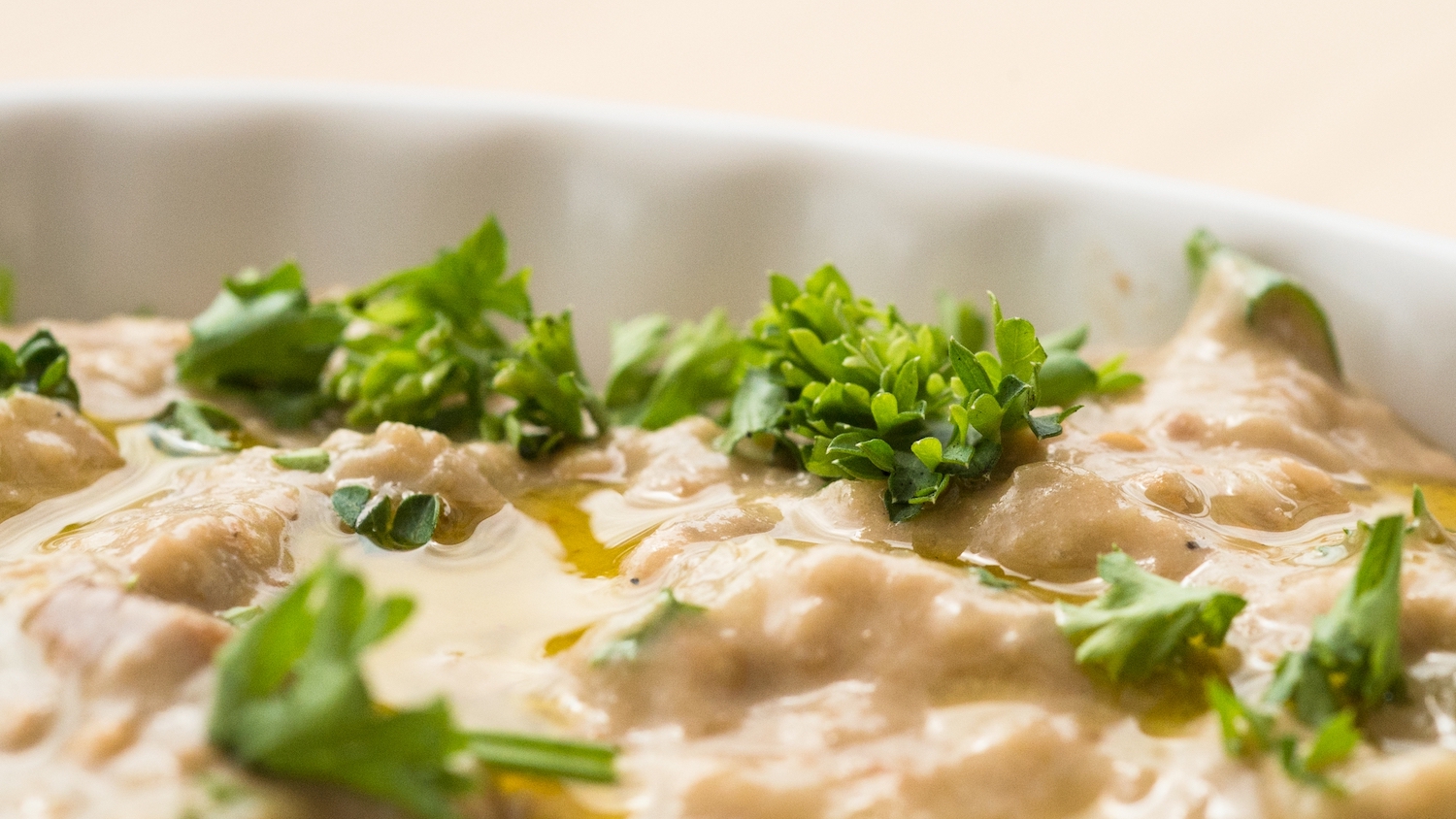
The Ingredients
The Aubergines
A classic dip calls for a classic aubergine variety like globe (aka ‘American’) or its slightly smaller, sweeter Italian doppelgänger – both have the deep violet skin and iconic round-bottomed shape you think of when someone says ‘aubergine’.
Once you’ve selected the plumpest, purplest specimens your produce supplier has to offer, taking care to avoid any with wrinkles, pocks and blemishes, only one question remains: to grill or to roast? Grilling over a flame is of course the best way to achieve those rich, smoky flavours that make baba ganoush so moreish, but as we’re not all blessed with the time and outdoor space for such things, roasting the aubergines in the oven will do just fine.
Whatever your method, you’ll want to poke holes in the aubergine with a fork or sharp knife before cooking, to prevent the veggies from exploding and making a mess. After grilling/roasting, be sure to allow the aubergines to rest in a bowl or colander and release as much moisture as possible, which you should drain off. Excess liquid is your enemy here, as too much moisture will render your baba ganoush watery and lacking in flavour.
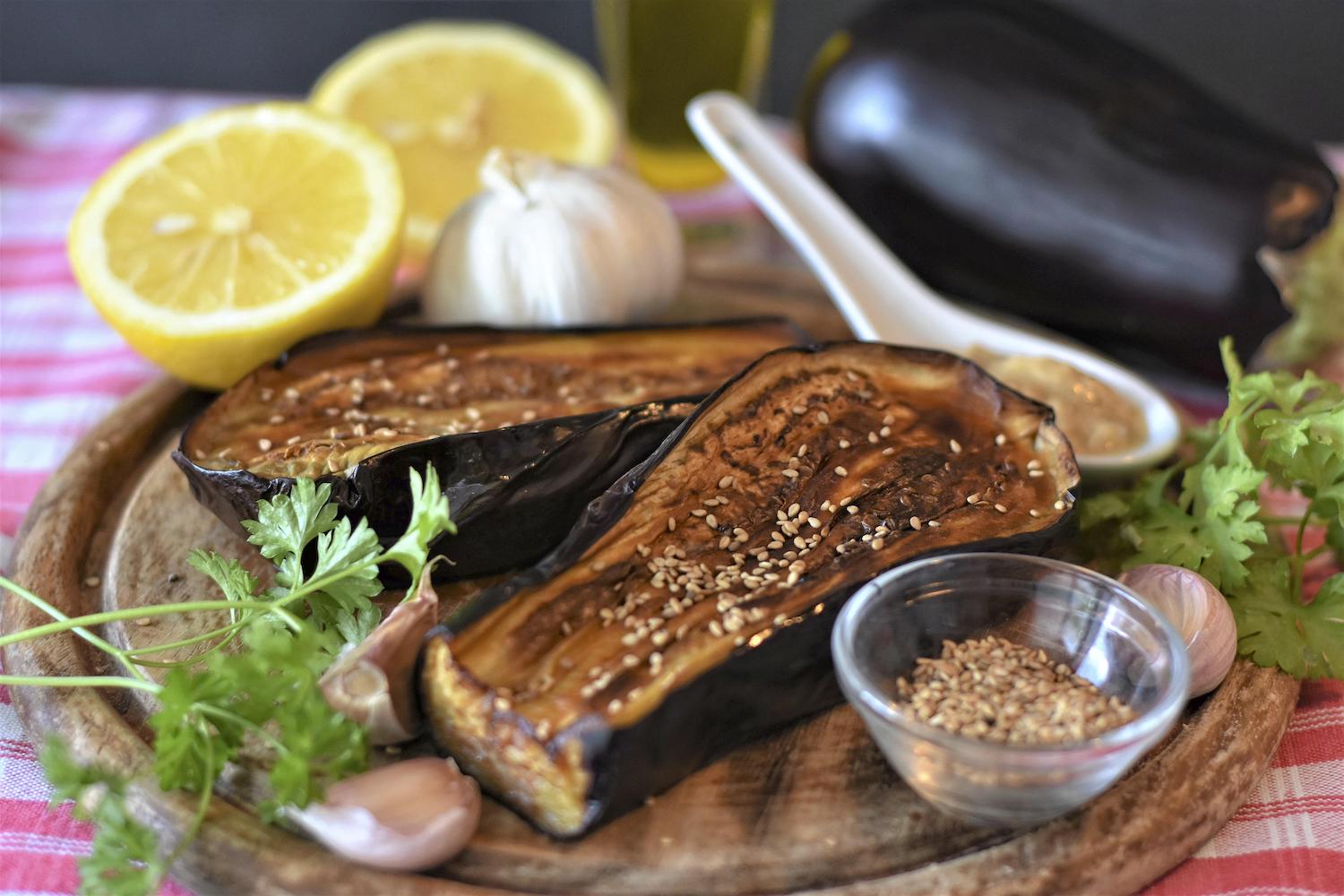
The Tahini
Some versions, like Turkish- or Syrian-style baba ganoush, omit tahini and may even use yoghurt instead, for a lighter dip. However most recipes lean on sesame paste to infuse the dish with robust nutty notes and creamy texture. If you can, opt for hulled tahini rather than unhulled; while unhulled tahini (made with the whole sesame seed, including its kernel) is higher in fibre and certain nutrients than hulled tahini, it can have a bitter taste that can throw off a simple dip like this.
The Garlic
In baba ganoush as in so many other dishes, garlic plays its well-loved tune, bringing depth and aromatic resonance to the dip. It also helps balance the smokiness of the eggplant and the acidity of the lemon juice.
The Lemon Juice
We’ve said it once, and we’ll say it again: fresh is best. Go for juice squeezed straight from the lemon if at all possible. Just don’t overdo it, especially if you’re using concentrated lemon juice – too much can turn the dip bitter.
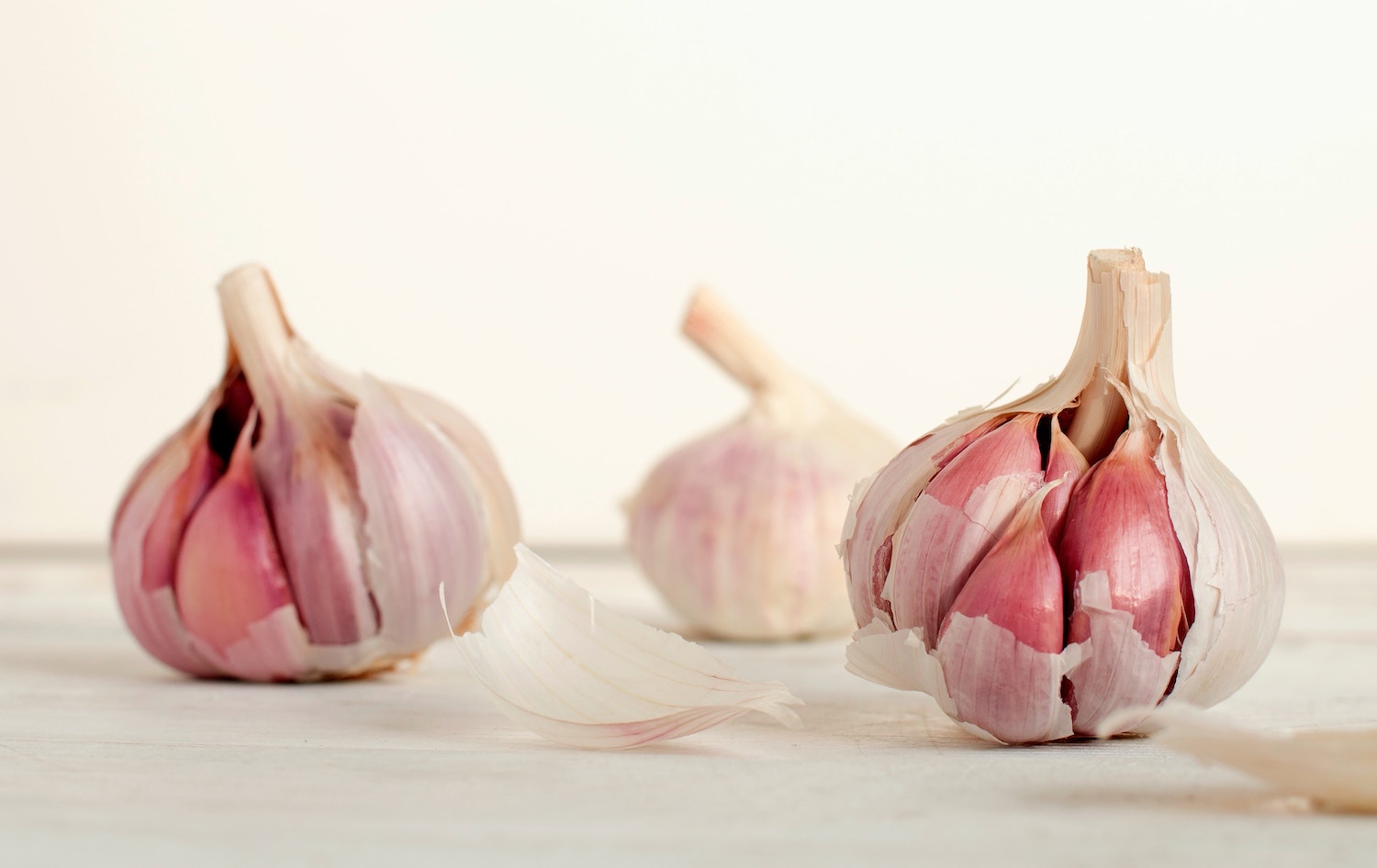
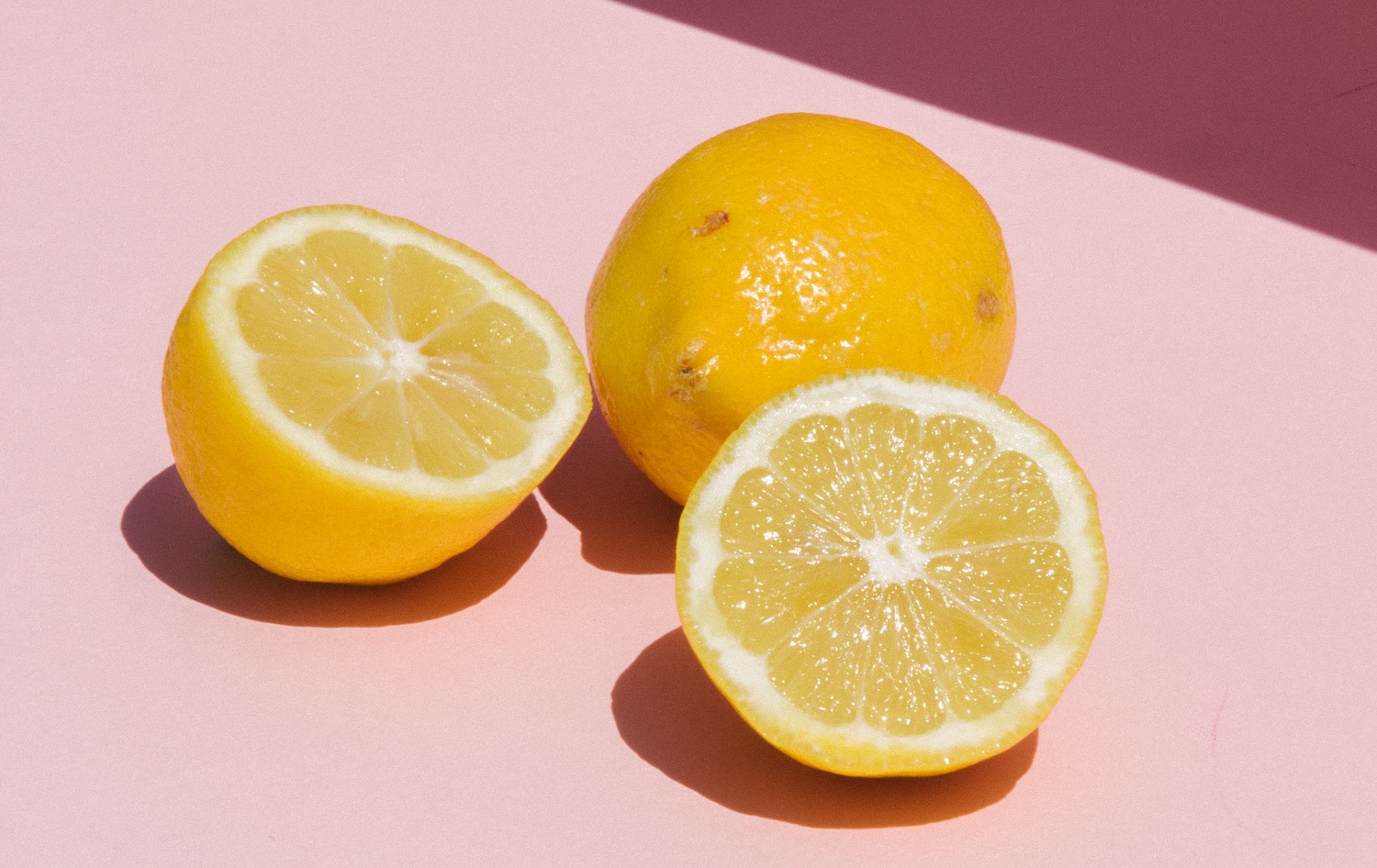
The Embellishments
Depending on your geography and your personal tastes, you may choose to add some oomph to your baba ganoush with spices, like ground cumin, coriander and smoked paprika, or fresh herbs, like parsley, thyme and mint. You wouldn’t even be off base strewing some pomegranate seeds on top before serving.
The Vehicle
While you can use a spoon (or your finger!), the more traditional baba ganoush delivery system is fresh, warm pita or other kind of flatbread. If you’re going low-carb or gluten-free, opt for sliced dipping veggies or gluten-free crackers.
Really, there’s no wrong way to convey baba ganoush to your mouth – the important thing is that it gets there.
The Recipe
2 medium aubergines
1 cloves of garlic
60g/ 1/4 cup tahini
Juice of one lemon (2-3 tablespoons)
Salt, to taste
Olive oil, for serving
1. Prepare the aubergines by washing thoroughly and poking holes in them with a fork or sharp knife. If grilling, place on a charcoal grill over indirect heat and allow to cook, turning occasionally, until completely collapsed and tender – about an hour. If roasting in the oven, place on an aluminium-foil-lined baking sheet and roast at 210°C until completely collapsed and tender – about 40 minutes to an hour.
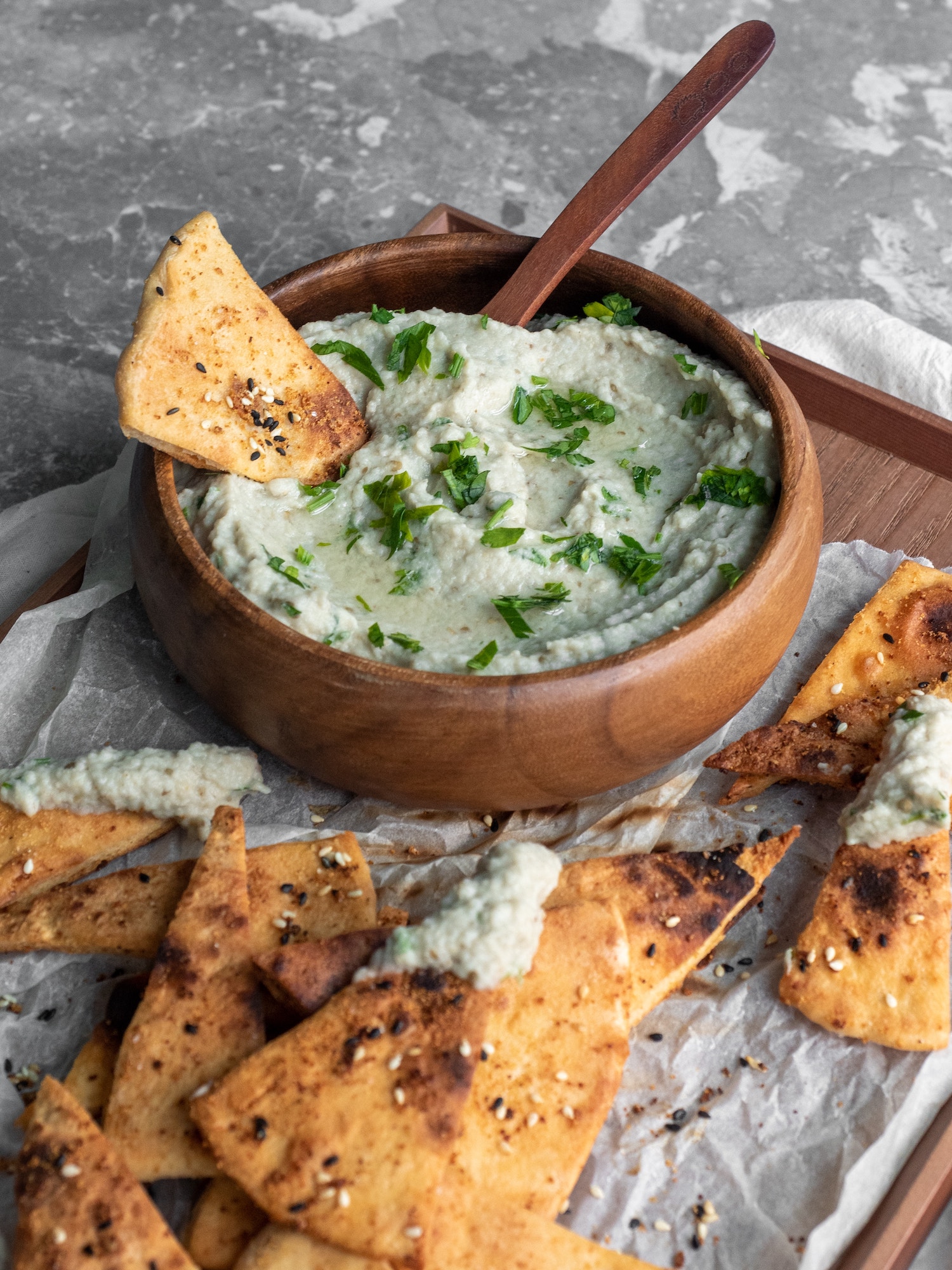
2. Remove the aubergines from heat and cut them in half lengthwise, placing them in a colander or mesh strainer to drain as they cool. (You can press down gently on them with the back of a spoon to help release excess liquid.) Allow to rest and drain for about 20-30 minutes, if time permits.
3. Scoop out the aubergine flesh and place in a food processor or a large bowl (some prefer puréeing their baba ganoush, while others insist that mashing by hand achieves the ideal smooth-yet-rustic texture). Add the tahini, garlic (minced or pressed), lemon juice and salt, to taste. Purée or stir well to combine.
4. Spread the baba ganoush in a serving bowl or high-rimmed plate and drizzle with olive oil before serving.
Still finding yourself neck-deep in aubergines? Make like an Italian nonna, and bake up a dish of delicious eggplant parmesan.

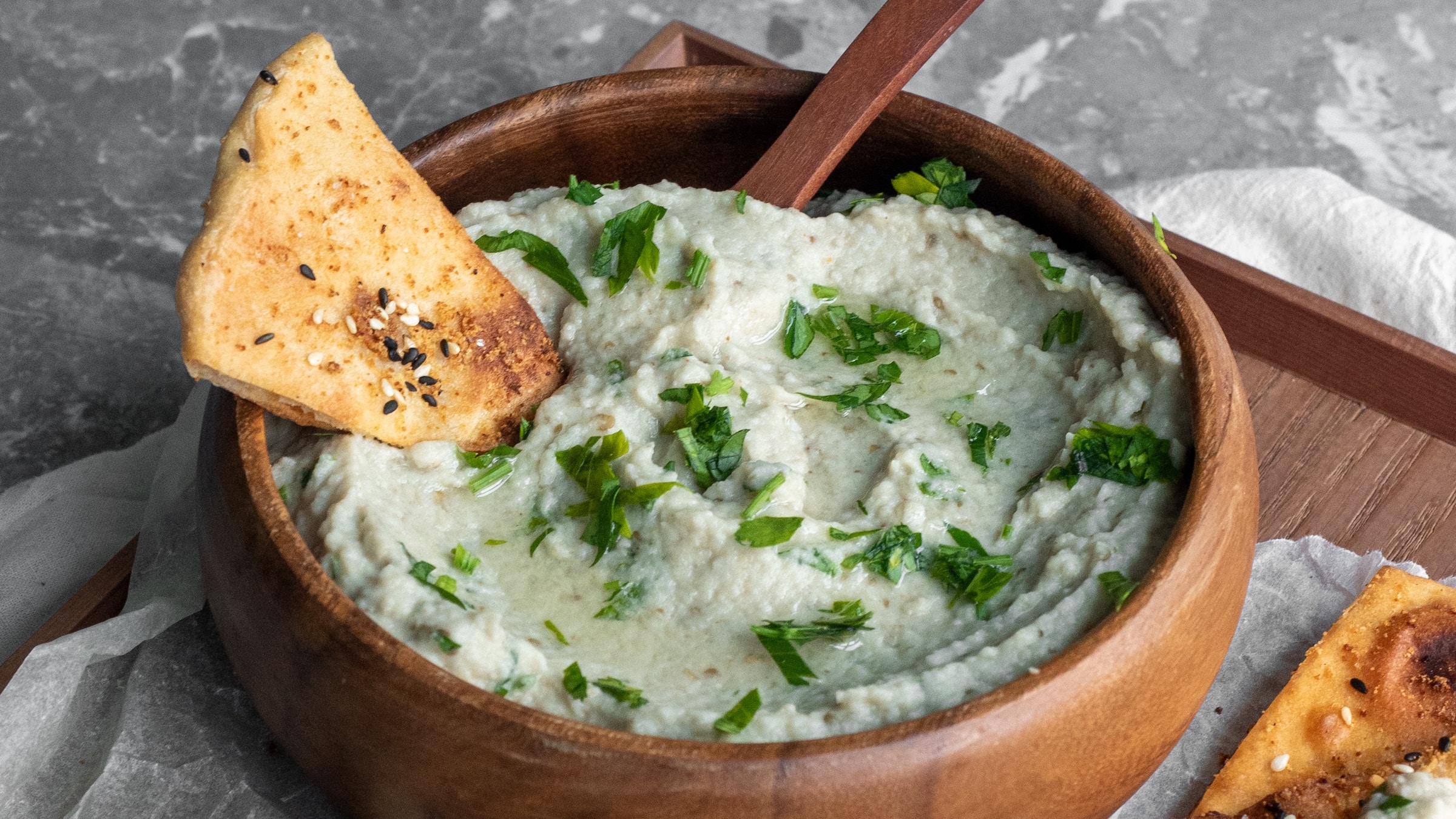












Sorry, the comment form is closed at this time.